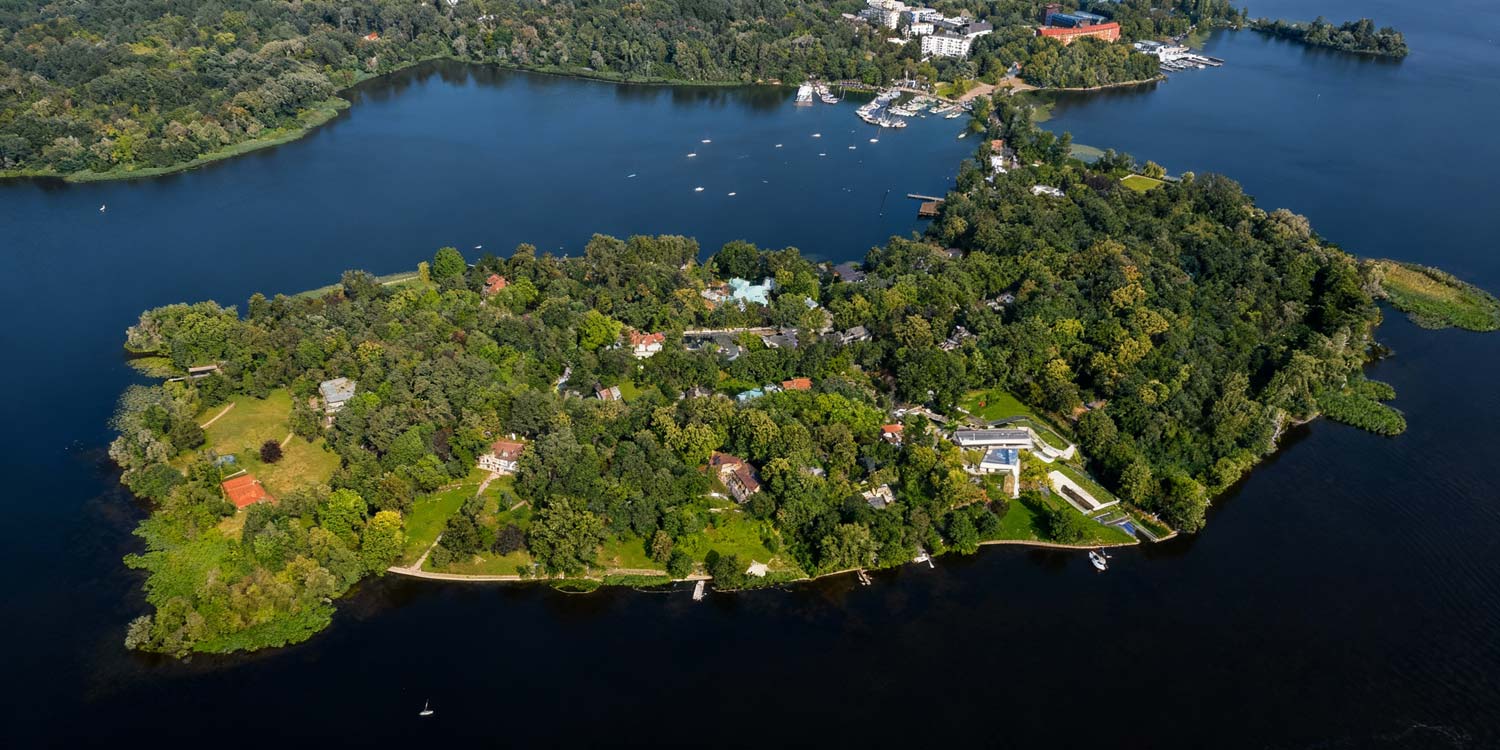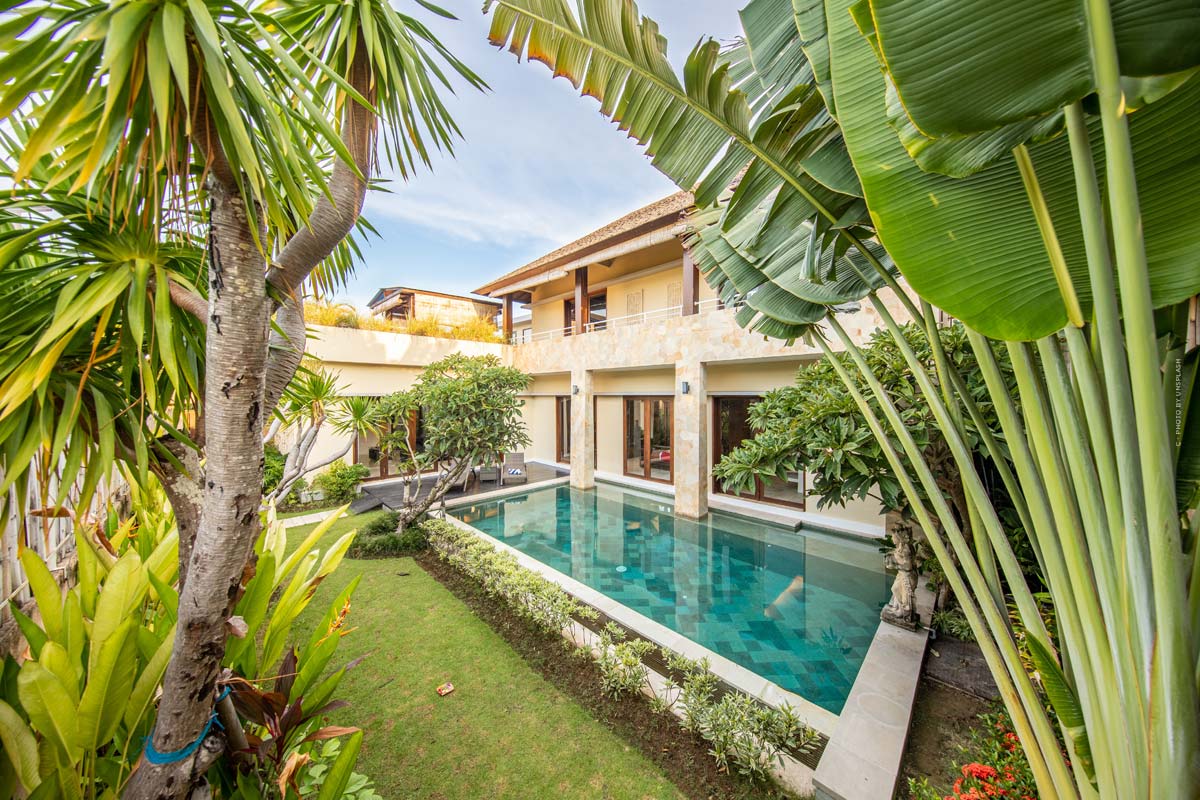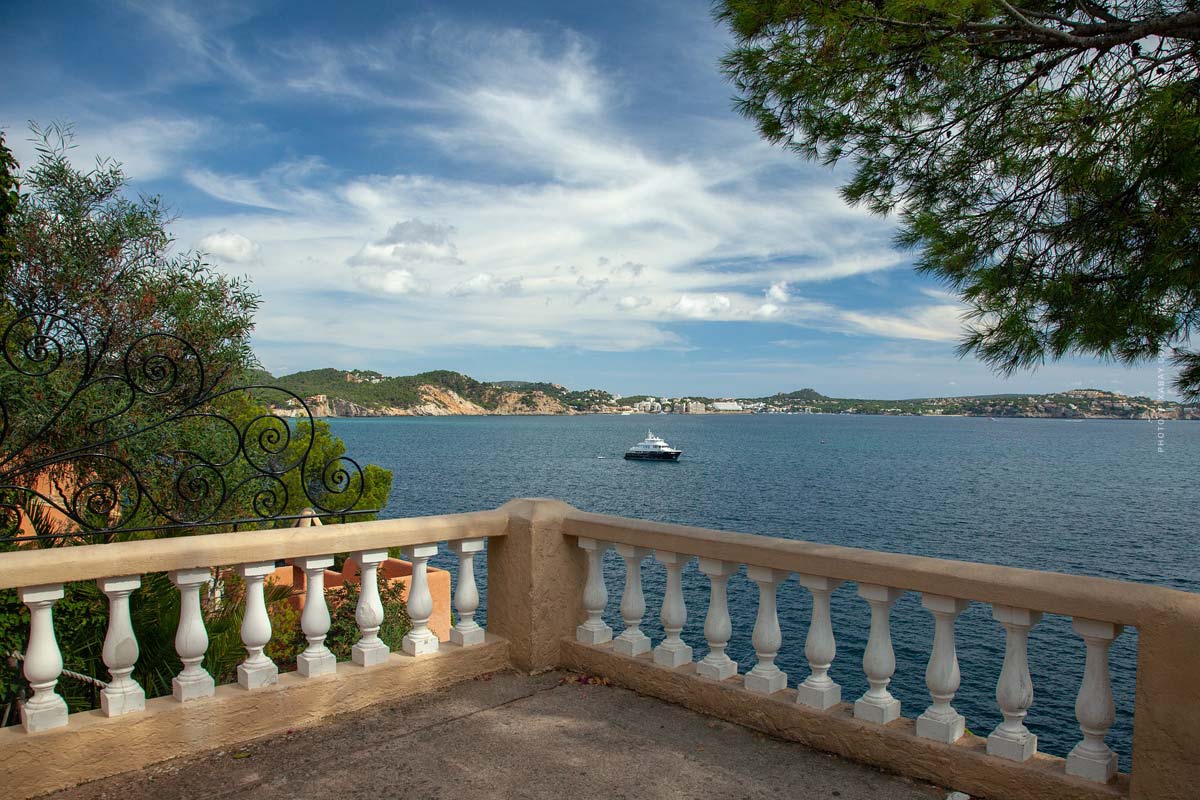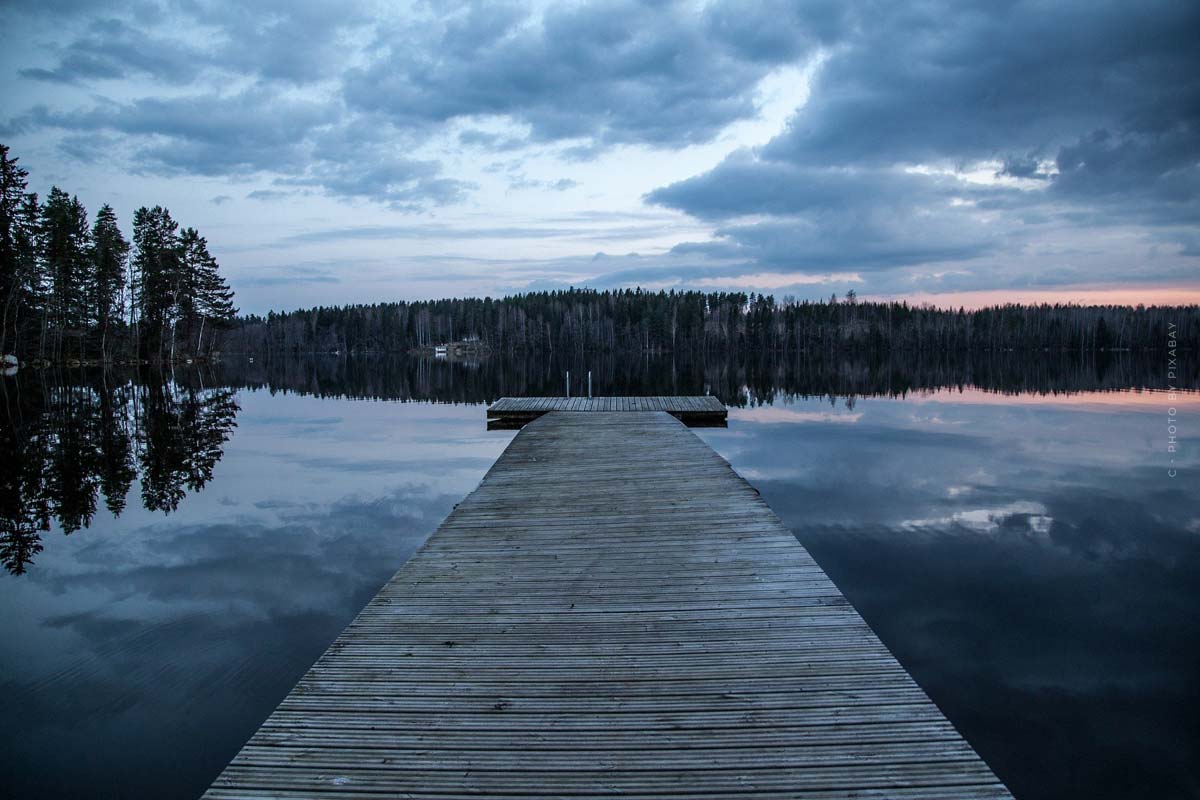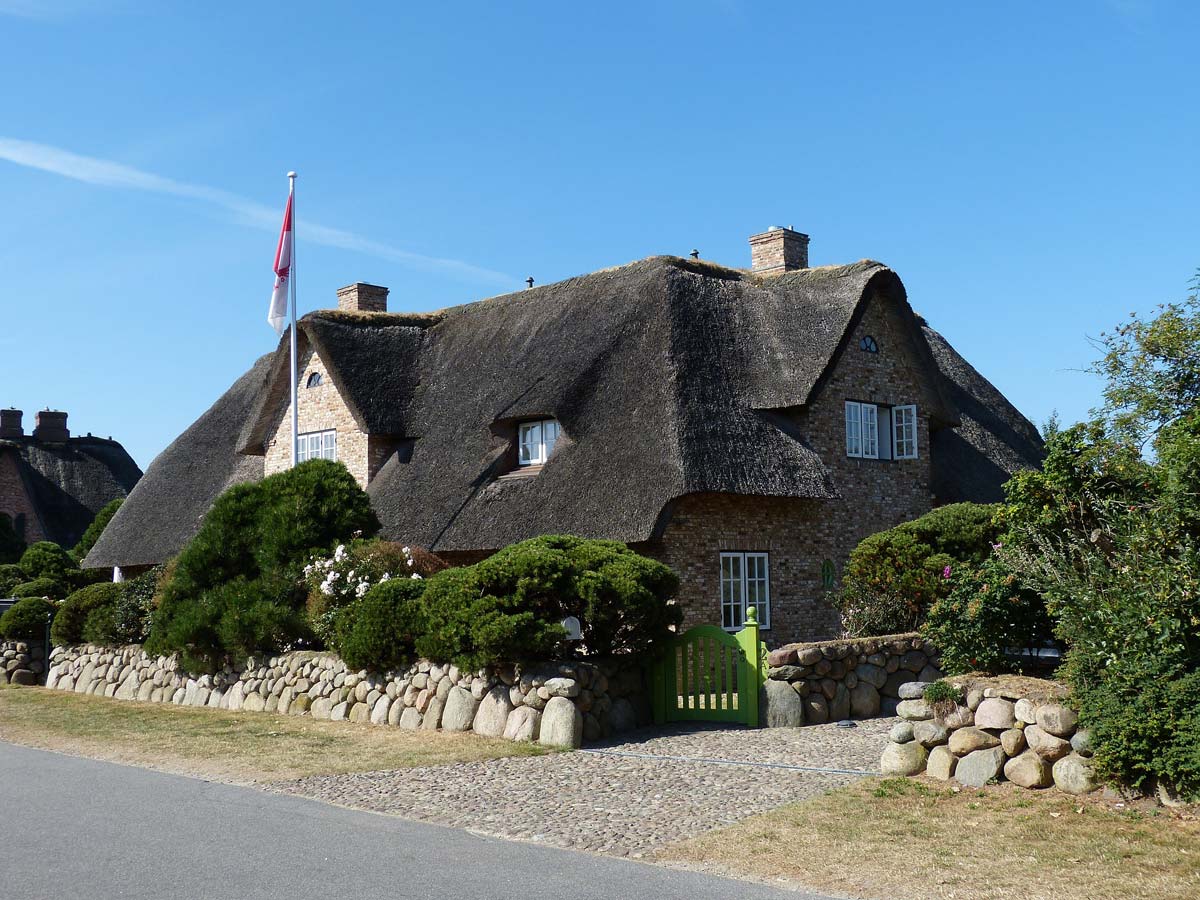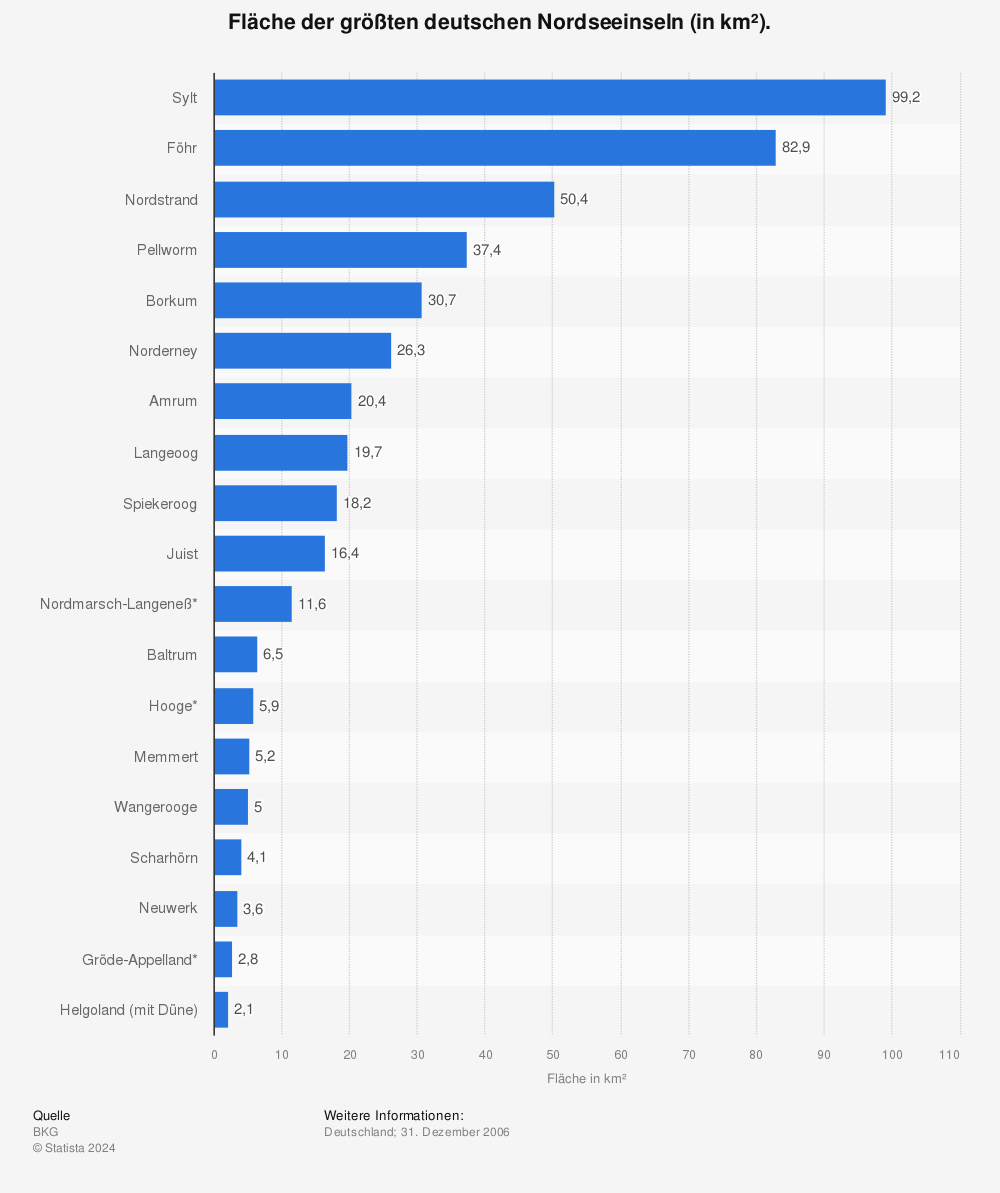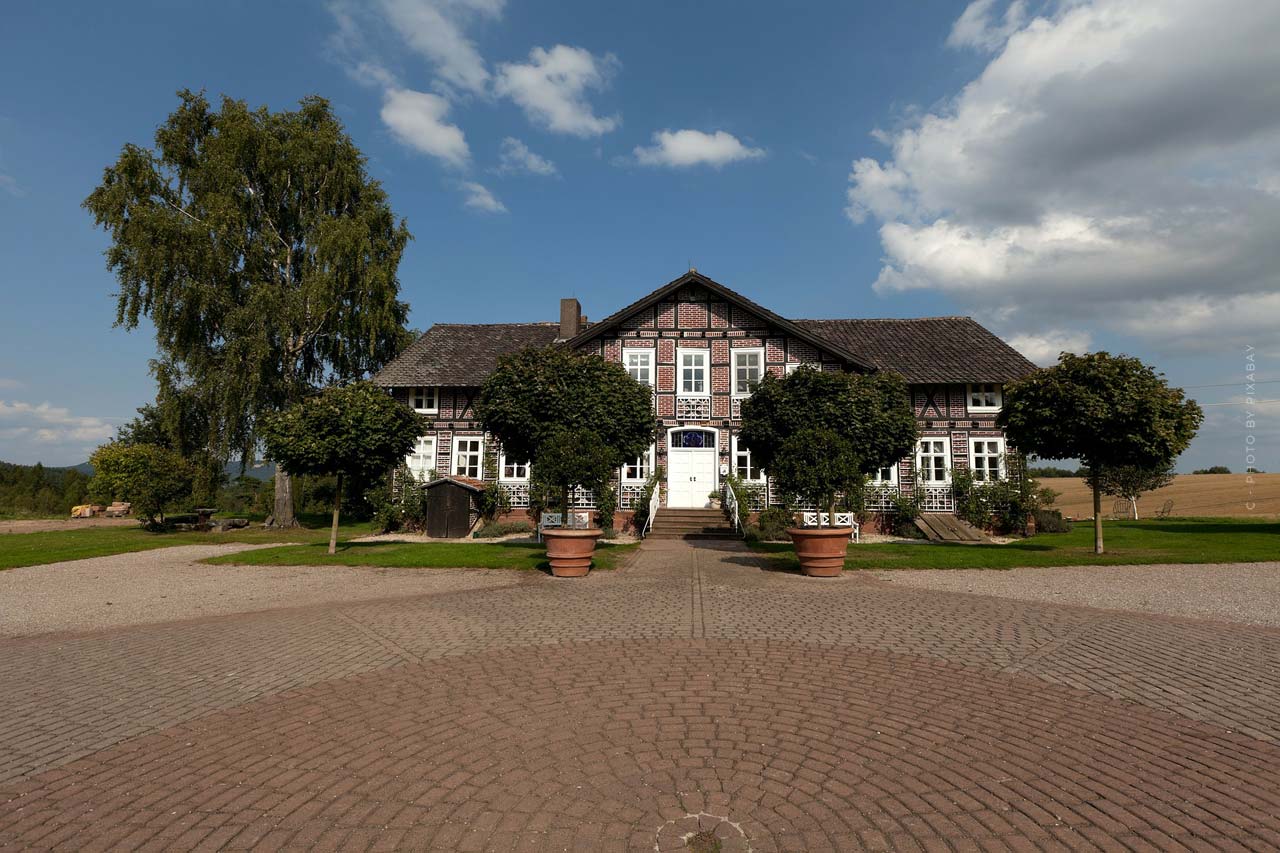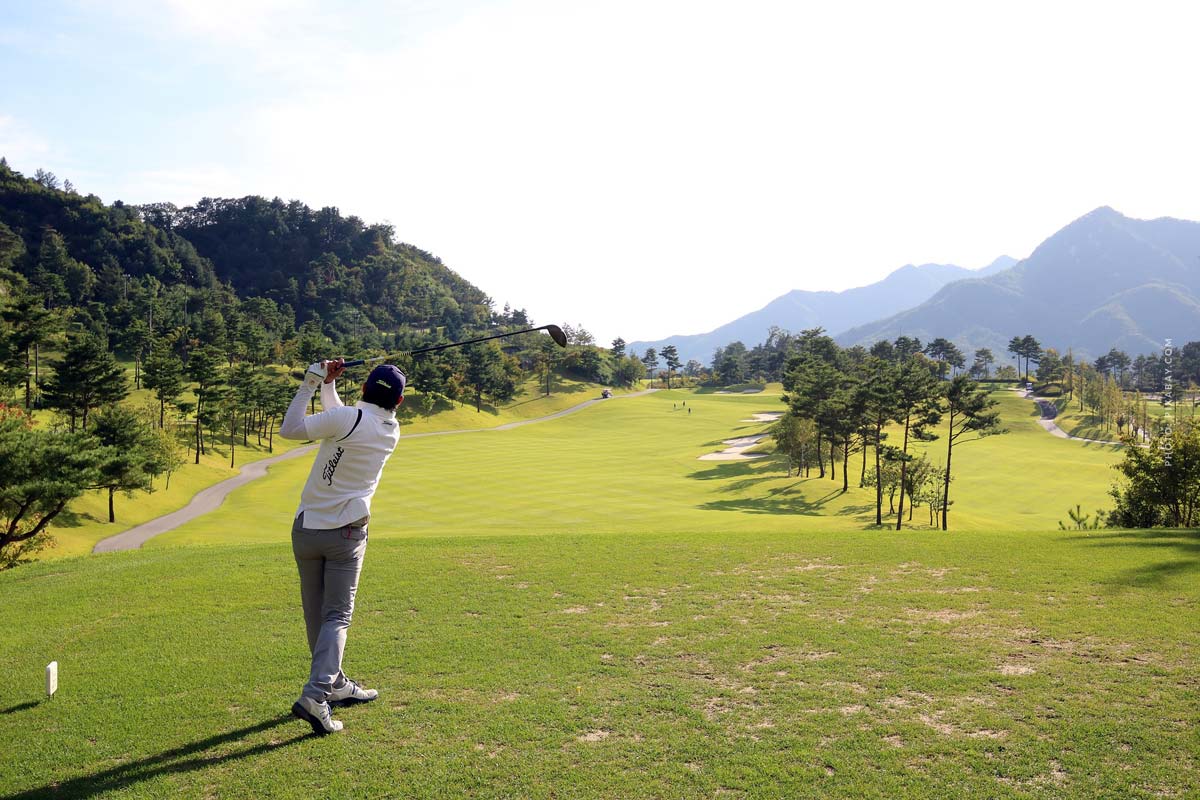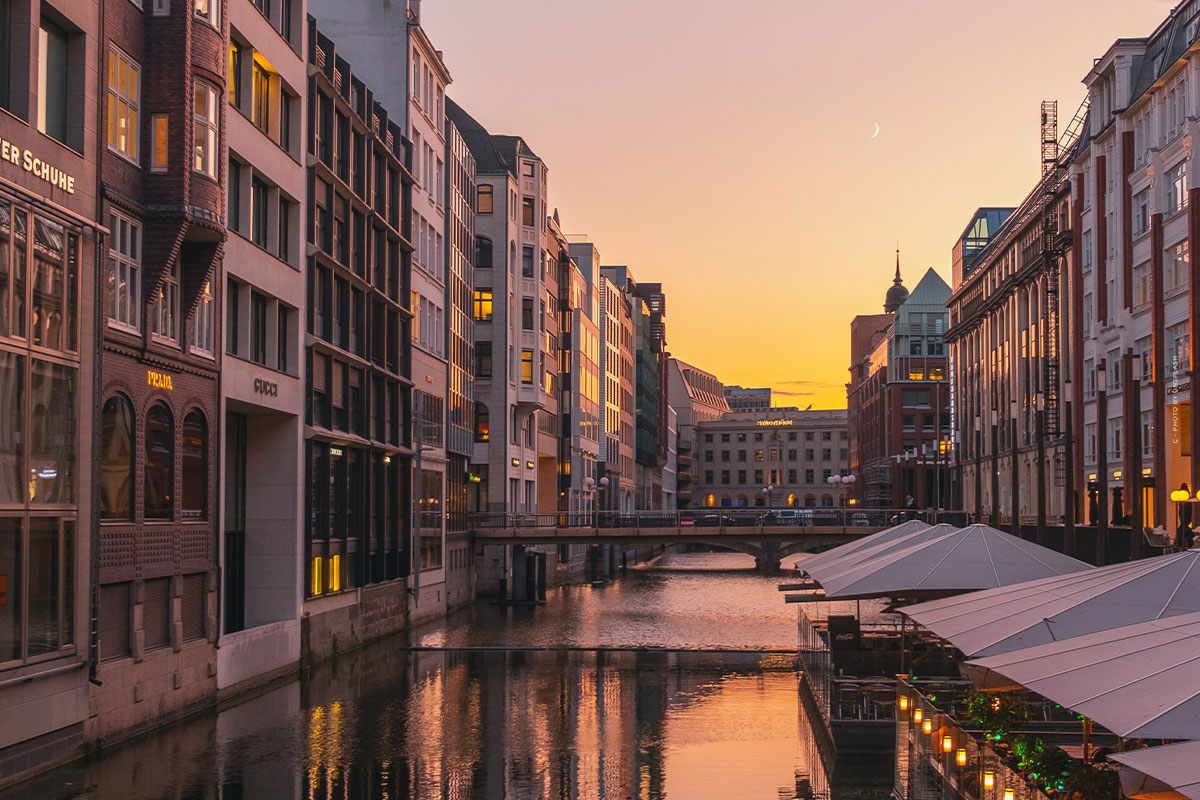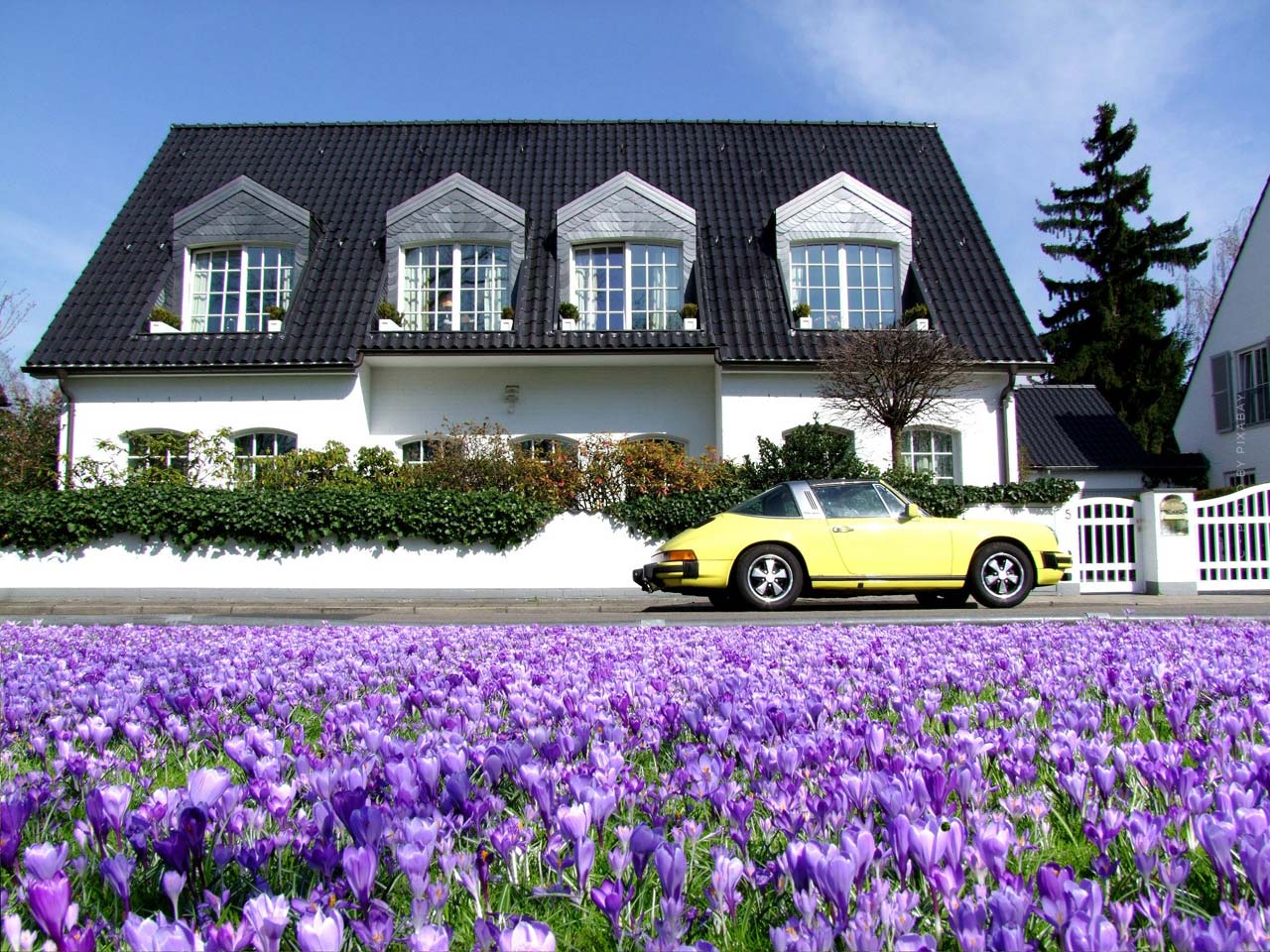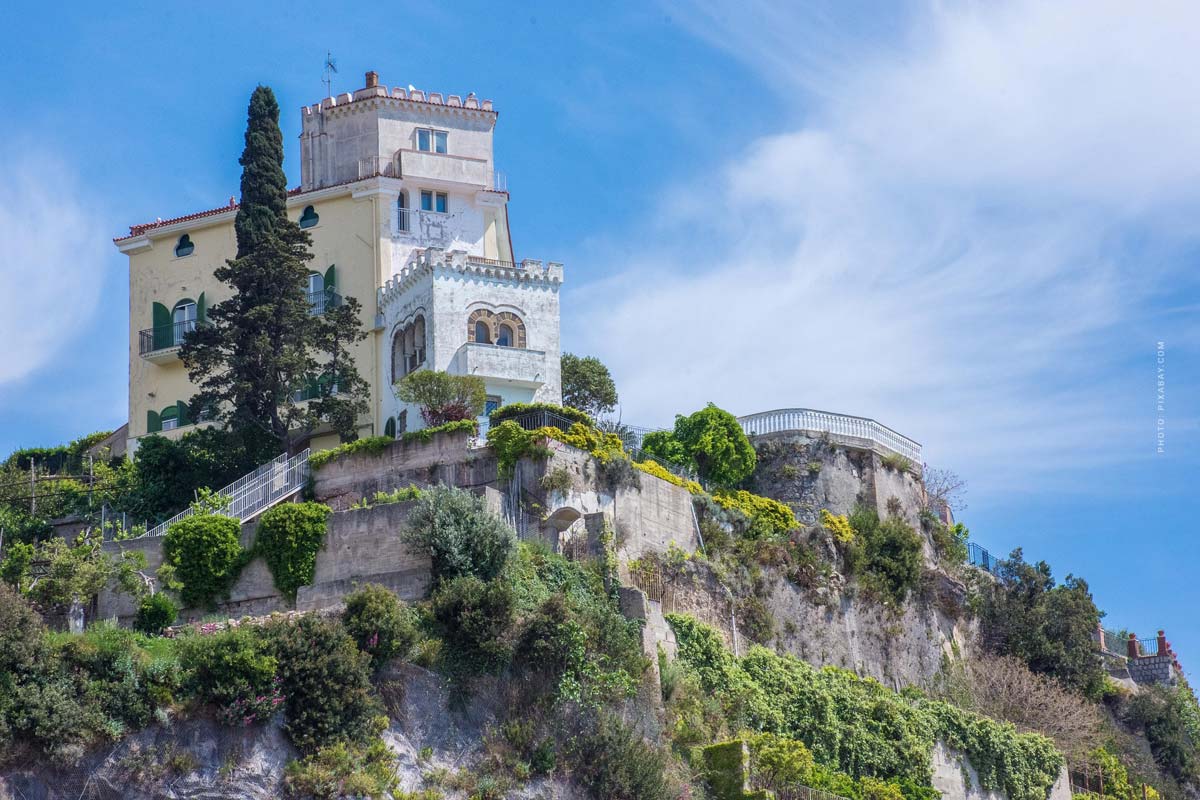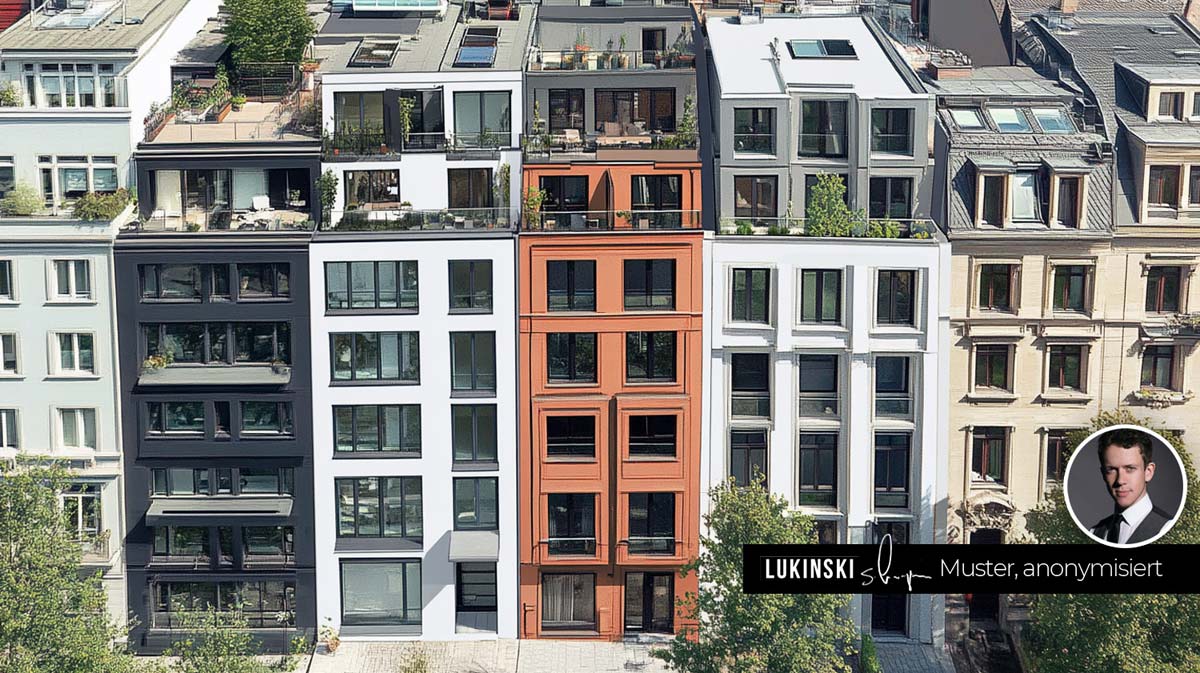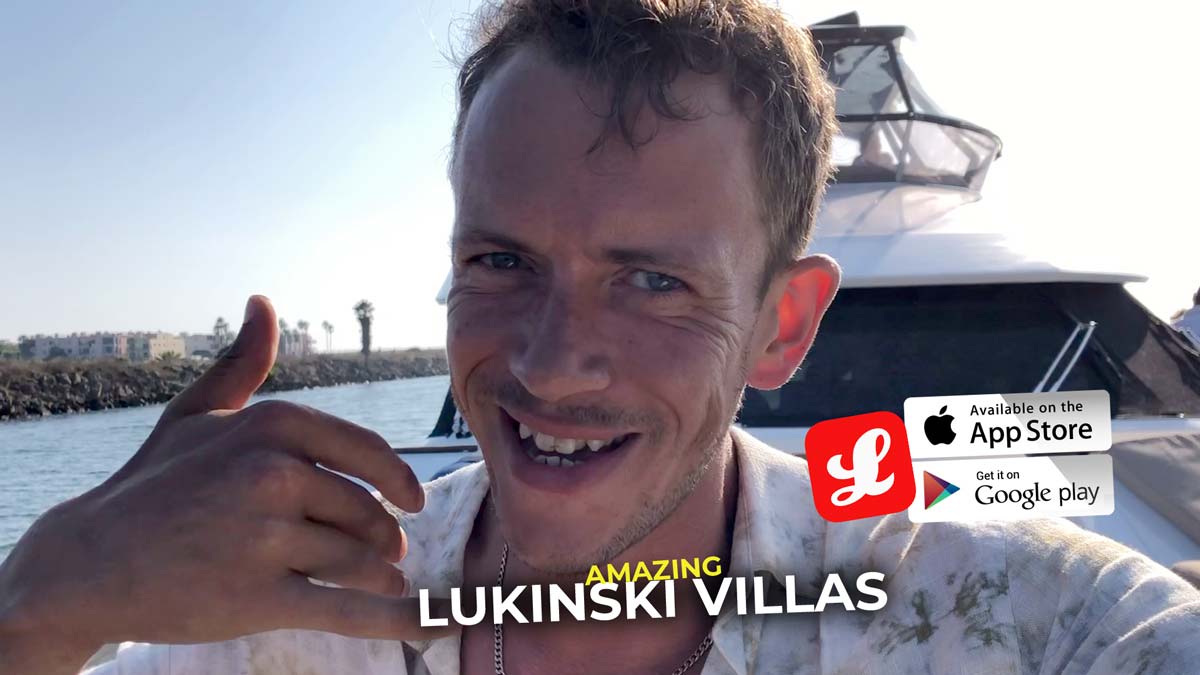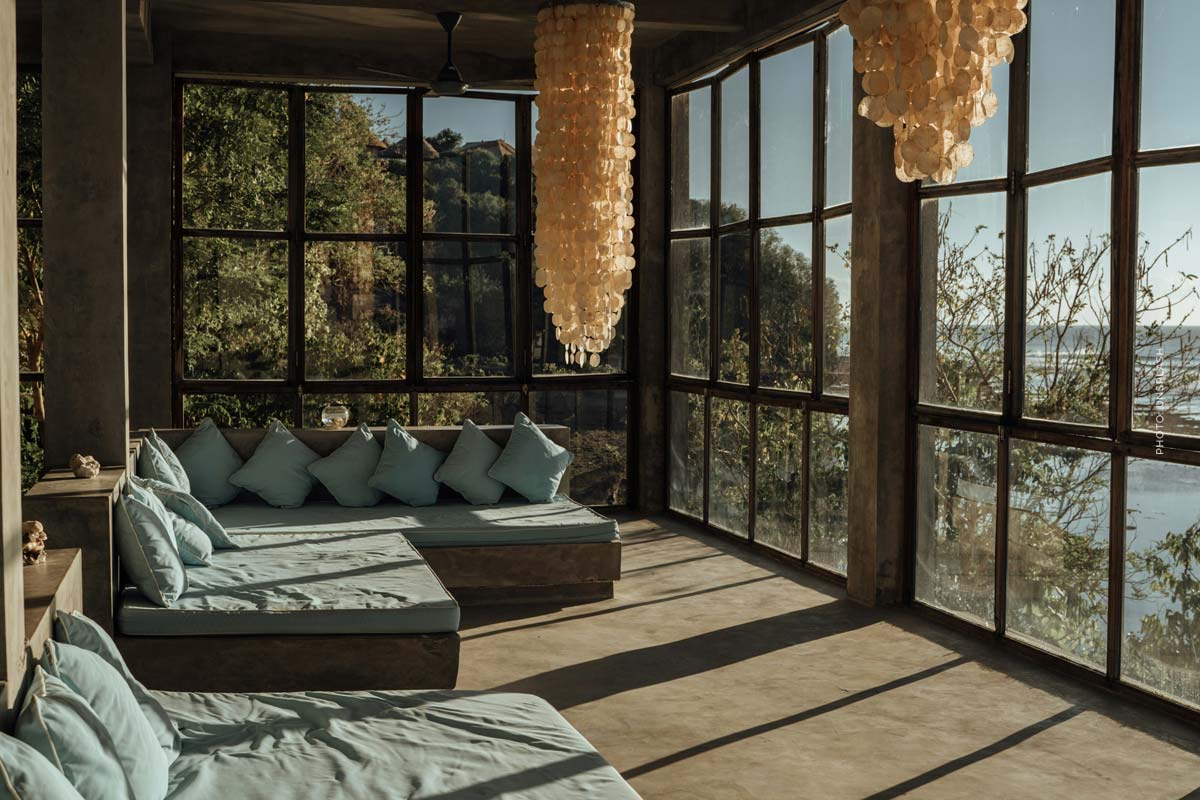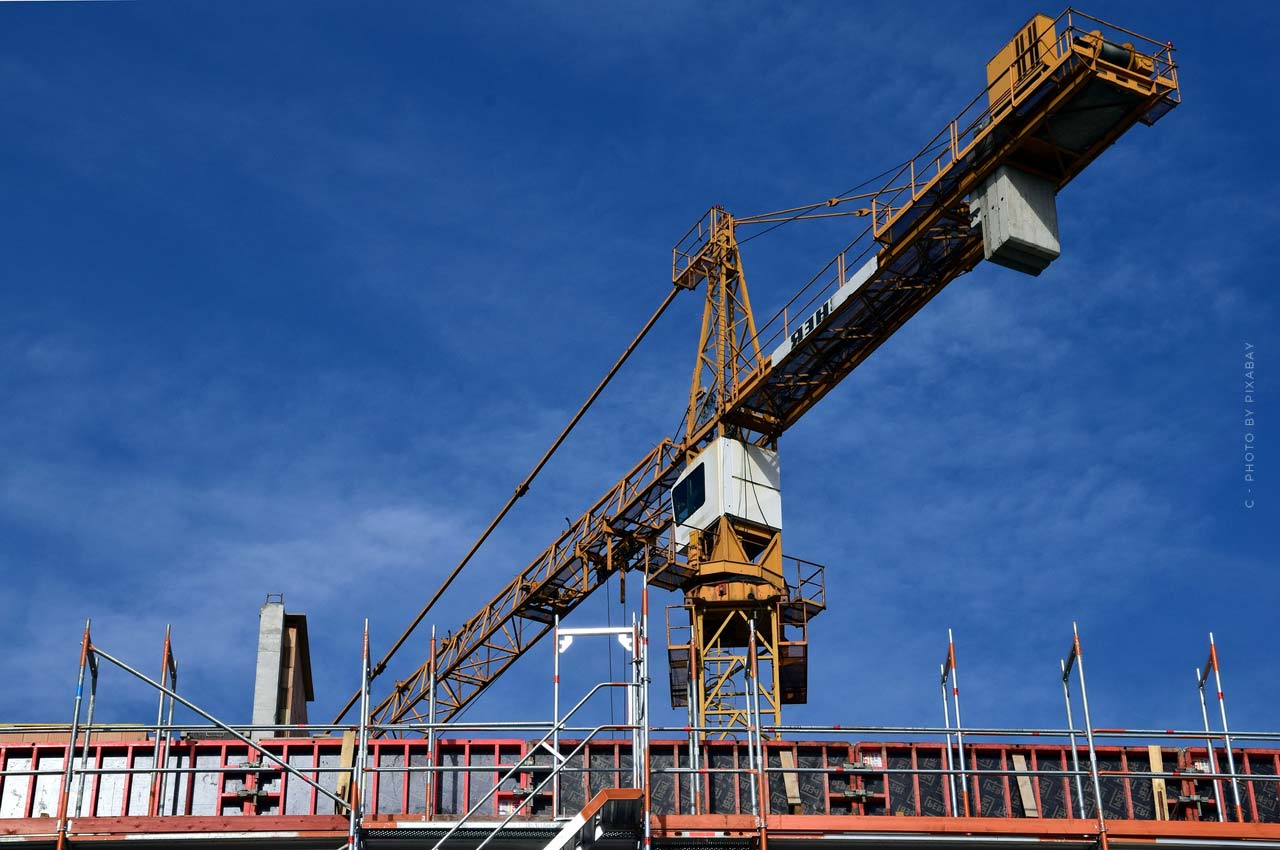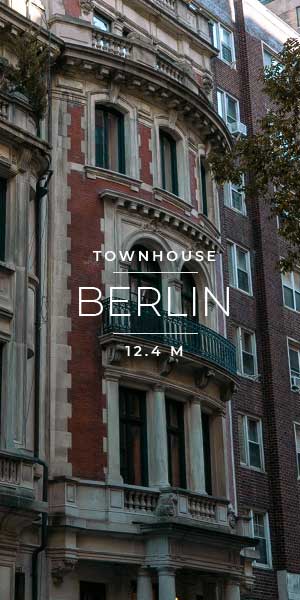Schwanenwerder: Berlin’s most exclusive + expensive island! Villas, map, history + tour
Today an exclusive look at the most expensive island in Berlin – and also the most expensive island in the whole of Germany. Prices here go up to 79 million euros. I’ll take you to the most expensive villa, the oldest villa (Art Nouveau) and then take a real deep dive into history. There is only one road leading to this island. It all started with a factory owner – ps: Buying on Schwanenwerder? Contact. First a few highlights for you real estate fans, then our Schwanenwerder deep dive.
Schwanenwerder from above: Island
This is it: the most exclusive island in Germany and Berlin. Of course, the properties here are also among the most expensive addresses in Berlin. Only 38 properties, and each one is of a higher caliber than the next. For many, Schwanenwerder is not a place to live, but a world of its own. Here is a quote from our last Schwanenwerder exposé:
“Privacy has become the rarest currency. This villa offers it in abundance.”
Schwanenwerder has exactly that. Located directly on the Wannsee, only one access road, shielded, lots of security. Pure nature, surrounded by a capital city with over 3.9 million inhabitants. Standing here, you completely forget that the hustle and bustle of Berlin is 20 minutes away. Ultra exclusive, ultra quiet.
History? My recommendation: Schwanenwerder, PDF Berlin.de (Download)
Nikolassee, Zehlendorf, Grunewald
On the way to Berlin Mitte, you automatically pass through the best locations. Nikolassee, Zehlendorf, Grunewald – all three have stood for prosperity, nature, old villas, embassies and long-established families for decades.
Did you know? The best areas are always in the southwest, because southerly winds from Europe often arrived there. In the past, this brought fresh air to the southwest and the exhaust air moved to the northeast. – But back to Schwanenwerder!
In the immediate vicinity, you will find residential areas, forests, parks and extremely quiet streets. Schwanenwerder itself is home to families, entrepreneurs and investors who want to live in complete seclusion despite living in the capital. No through traffic, no tourists, just absolute privacy.
Graft Villa: The most expensive villa in Germany
I have often stood here on the jetty and admired this villa, the most futuristic and expensive villa in Germany. There were many rumors – including that one of the former owners was Brad Pitt. Is that true? Who knows. But it shows the level we are at here. The villa was designed by Graft. It was last “listed”(off market) for 79 million euros.
- Price: ~ 79 million euros
In fact, it is not the only villa in this segment. Other properties on the island would also easily reach asking prices of 55-60 million euros. And right next to this ultra-modern villa is the Schwanenhof – the oldest villa on the whole of Schwanenwerder. It could hardly be more historic.
Even the major media regularly report on this island:
Schwanenhof: The first villa on Schwanenwerder
The Schwanenhof impresses with its historic gate – who still has something like that today? Behind it is a small, I would say Mediterranean wonder. Lots of charm, lots of history, all completely hidden behind trees. No views from outside, zero through traffic. A real original on the island.
- Price: ~ 9 million euros
Schwanenwerder Map
Schwanenwerder in Berlin:
Schwaenwerder from close up:
Schwanenwerder history
To this day, the island feels like a piece of secluded Berlin, quiet, green and with architecture that is rarely found in this form. To understand the house, you have to go a little further: How did Schwanenwerder come about in the first place, who built the first villas here and why in this location of all places?
Source: Schwanenwerder, PDF Berlin.de (Download)
How the island became an island in the first place
At the end of the 19th century, Schwanenwerder was just an inconspicuous spot in Wannsee. Not a paradise, not a villa suburb – rather an idea. Friedrich Wilhelm Wessel, a Berlin building contractor, had this idea. He bought the site, had it filled in, shaped and defined a concept: large plots of land, plenty of space, peace and quiet, no noisy uses. Schwanenwerder was to become a place of retreat, an alternative to the growing city.
- Island was artificially formed
- Parceling out by Wessel
- Concept: peace & privacy
The first houses: who built them and why
The first villas on Schwanenwerder were not built by chance. Wessel obliged buyers to build high-quality houses within a short space of time. He did not want a mixed-use area, but a cohesive, stylish ensemble. To achieve this, the owners brought in some of the best architects of their time. Paesler & Natho designed early country houses with turrets, bay windows and French forms. Bernhard Sehring – one of Berlin’s most sought-after architects – designed striking villas with great attention to detail. He was later joined by Bruno Paul and Richard Blumberg, both known for their elegant, tranquil architecture. The gardens were planned by garden artists such as Rudolf Jürgens and Ludwig Lesser. Each villa was to be a small work of art.
- First villas by Paesler & Natho
- Sehring & Bruno Paul shape style
- Garden art by Lesser & Jürgens
The Schwanenhof: a country house with a French touch
The Schwanenhof was built around 1900, precisely during this period. The house followed the French late baroque style: two small tower domes, curved lines, a large terrace with a view of the lake. It was a representative but not overloaded country house. The first plans show a house that was very open – large windows, lots of light, a garden that was more of a park than a plot of land.
- French late baroque
- Large terrace
- Open floor plans
The atmosphere on the island: summer houses and retreats
Around 1910/1920, entrepreneurs, merchants and bankers lived here. Many used their houses as summer residences. Silence over the water in the morning, company on the terraces in the evening, with gardeners, boats and long garden paths in between. The Schwanenhof was part of this: not a palace, but an elegant, quiet house, built for people who wanted to get away from city life.
- Summer houses
- Large gardens
- Elegant architecture
Conversions and changes over the decades
The Schwanenhof has undergone many changes over the years. The tower dome on the north side was destroyed during the Second World War and never rebuilt. The attic was extended in the 1950s and new living spaces were added later. In the 1990s, a modern south-facing extension was built, extending the house and adapting it to today’s living requirements. The garden hall was closed, paths were newly laid out, some historical details were lost, others were maintained.
- Reorganization 1950s
- Extensions 1990s
- Partial redesign
Garden, location and view: What makes Schwanenwerder special
Even though a lot has changed, one thing has always remained the same: the location. The view over the Wannsee, the distance to the neighboring houses, the greenery. The garden has been redesigned several times – sometimes spacious and playful, later clearer and more modern. Today, the Schwanenhof is a mixture of historical substance and contemporary elements. You can recognize the origins, but you can also see the development.
- Lots of green
- View of the Wannsee
- Modern garden design
More about the Schwanenwerder story? Recommendation
History? My recommendation: Schwanenwerder, PDF Berlin.de (Download)
